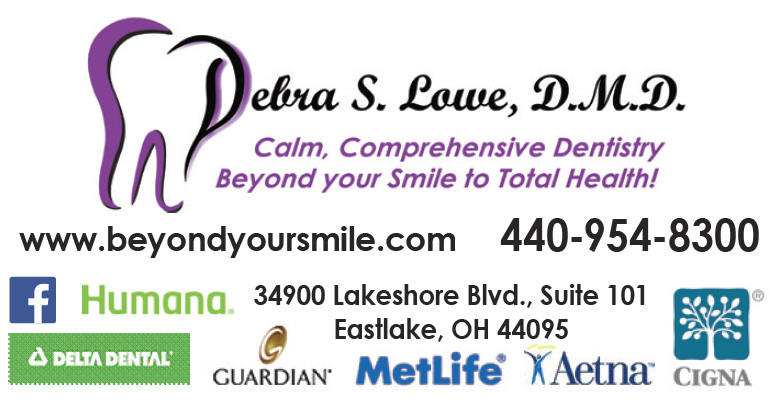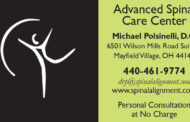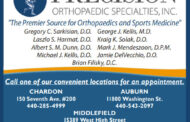A number of dental conditions can cause tooth pain. To get to the “root” of the cause, a dental exam may be in order. Your dentist will do an exam, possibly need an x-ray(s), and ask a few questions about the details surrounding the pain, so take note of when and what you might be doing, when you feel the pain.
Some common causes of tooth sensitivity are:
Eating acidic and sweet foods can cause erosion of the enamel protective tooth layer and tooth decay. Such foods include juices, sports and energy drinks, soda pop, sweet and sour sweets, chips and pretzels.
- Tooth whitening. Temporary sensitivity can occur from the whitening process. More intense sensitivity can occur from using excessively harsh whitening products, or from over-whitening and too often.
- Recent dental work. Some teeth are irritated when dental work is performed. Temporary sensitivity can occur, sometimes lasting for weeks or so.
- Eating or gastric disorders. An acidic stomach and frequent regurgitation create an acidic mouth. Frequent vomiting leads to erosion of teeth.
- Sinus infections. Pressure and inflammation in the sinuses irritate the nerves of the upper teeth.
- Gum issues. Gum disease, plaque retention, recessed gums can allow stimuli to reach sensitive roots.
- Hormonal changes affect the gums, possibly causing sensitivity and pain.
- Cold temperatures. Cold air and liquids can cause sensitivity, especially if you have dental restorations, cracks, cavities, or root exposure from gum recession.
- Chewing ice. It can cause micro fractures in a tooth or even crack it.
- A cracked tooth. If a tooth is cracked, you can experience pain when chewing on it.
- Stress and associated grinding or clenching. These habits place stress and force on the teeth. Teeth respond with pain, worn enamel, and fractures.
- Harsh brushing or using a medium to hard toothbrush or harsh toothpastes. Abrasive brushing aids and techniques can wear away the enamel over time.
What can you do to prevent and relieve this pain?
- Brush gently with a soft brush, light hand, and an ADA approved toothpaste. Better yet, use a good quality electric brush that alerts you when you press too hard. Brush thoroughly, reaching all surfaces of the teeth and gums, for at least two minutes, twice a day. Floss daily with proper technique.
- Use a toothpaste formulated to reduce sensitivity. Switch brands periodically. Avoid whitening toothpastes.
- Use a fluoridated mouth rinse or a prescription strength fluoridated tooth paste. Avoid mouthwashes with alcohol.
- Avoid frequent sugary, acidic liquids and snacks. Follow these with water or non-acidic foods such as cheese to change the ph of the mouth. Actually wait 30 minutes before brushing because the acid has weakened the enamel, and you could brush it away.
- When sensitive, avoid tooth whitening or take a break and do it less often.
- Wear a custom made nightguard,
- Follow the advice of your dentist if you need a filling, crown, or desensitizing treatment. Some conditions might need a cleaning or a gum graft.
What if your discomfort just doesn’t go away? Be sure to schedule a dental evaluation. This might mean something more is going on. You may have an infection, which can result in serious health issues, not to mention more extreme pain.
If you have symptoms or concerns, call your dental office. If you don’t have a dentist or are looking for a new office, we will gladly help. Call us at 440-954-8300.
Experience total health dentistry…
…in a spa-like atmosphere.
• Ask us about our “Whitening for Life” program
• Up-to-date education and empowerment about your total health
• Day and evening appt’s available
• Amalgam (mercury)-free
• Tranquil, relaxing atmosphere
• We cater to patient comfort
























